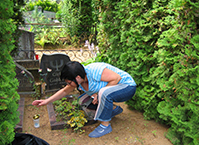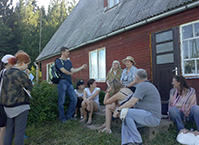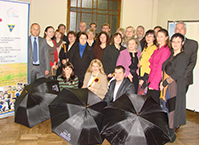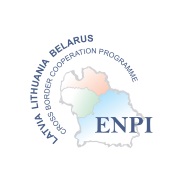What and how did people sing when they got together?
Categories: Liga Seikste-Deksne
Well, the repertoire was determined by many different aspects. If they had family gatherings, neighbourhood gatherings, then the repertoire consisted largely of the Latvian folk songs. Well, let us not forget that the choir culture was very well developed during the Soviet period. Almost every third person participated in a choir, an ensemble, and they had acquired very good musical education at school. And the choir repertoire was popular, too. At that time, not only the official choir songs were popular, but there were many paraphrases of the lyrics, i.e. the text was parodied, completely changed and sung to the melody of some popular song, a text with rhymes māja, kāja was about the neighbouring self-government, or its head – they sang about everything that was topical in their everyday life.
At the same time, there were many Russian songs, since in the Soviet days, just as it is now, there existed the labour migration, from time to time in the village there appeared, let’s say, a construction team from Ukraine or from some other friendly Soviet republic. There were the representatives of Russian nationality who sang chastushkas, played the accordions, the bayans. At the same time, Latvians learned very many songs from films. In principle, this friendship between the peoples was largely based on the influence of films. There was Isaac Dunayevsky’s songs, the songs by Zacepin from the most popular Russian comedies.
As regards the impact of choir culture, maybe now we will say that we don’t feel it so much in Europe, but each obligatory repertoire of Song Festival included not only Latvian folk songs, but also Ukrainian, Azerbaijan, the Kazakh and God knows what other songs. And, perhaps, these folk songs were what helped people to get along.
Besides all that, if from the Russian-speaking people’s side there came the accordion, the bayan, then for all young people, I think, at all times and for all generations the guitar has been a sort of musical instrument of style. Every second self-respecting young man had more or less learned to play three chords on the instrument, had the guitar at home, and held it at the wall as a decoration.
The skill to play – well, I don’t want to say that it was self-taught. Firstly, the musical education in comprehensive schools was on a relatively high level. Secondly, in towns the vocational musical education was, in principle, available to everybody, well, if in the countryside it was less available, then, perhaps, because some people lacked the initiative to go there and back to that music school, but very many young people had learned to play some musical instrument in a music school at least for a couple of years. Thus, they knew the score, and they had trained their voices, intonation, and the perception of music in general. And very often at larger parties – after some collective work or at relatives’ birthdays – at one table there happened to be people who were singing in a choir, they knew the composition of all the choir voices and then the whole topical choral repertoire was sung through. That repertoire was not easy at all
Audio
Researcher: Dr. philol. Valentīns Lukaševičs, Daugavpils Universitāte










